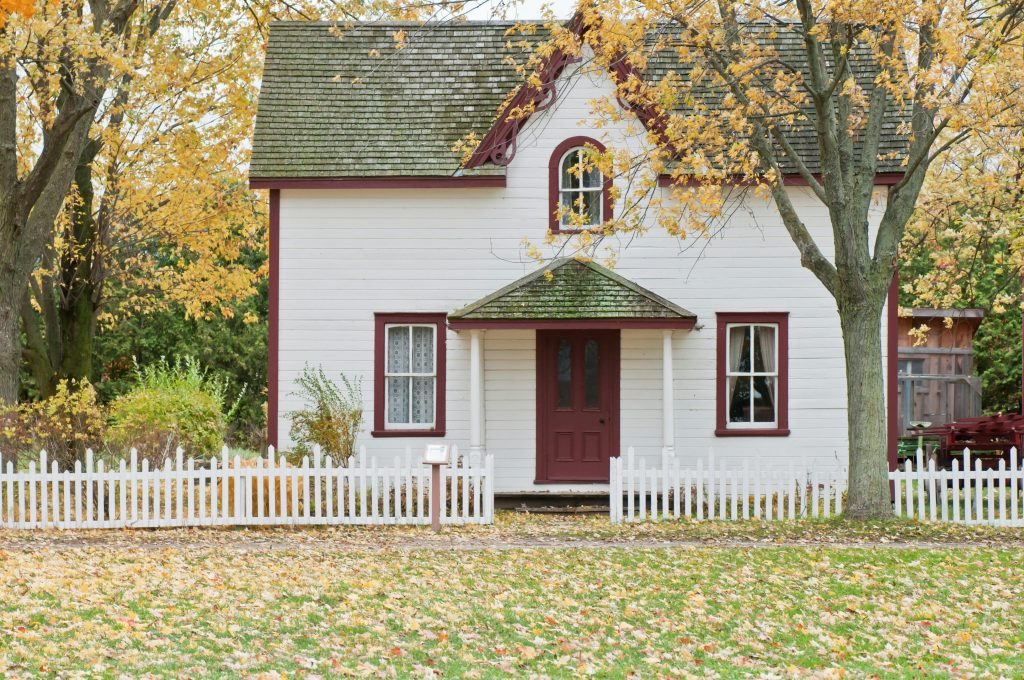- Barking and Dagenham, London, sees the steepest drop in homeownership affordability, with house prices more than doubling to £380,000 while wages rose by only £2,182 over the past decade
- Hillingdon takes second place, with house prices up by £230,000 since 2013, while median salary rose by only £143
- Two additional London boroughs make up the top four and places such as Nottingham and Slough feature in the top ten
The London Borough of Barking and Dagenham has seen the most significant decline in homeownership affordability over the last decade in England, a new study has found.
Moving platform Getamover.co.uk analysed data from the Office for National Statistics (ONS) on the ratio of median house prices to median annual earnings in each English local authority between 2013 and 2023. Data was gathered on the local authorities with the highest increase in house price-to-earnings ratio over the last decade to reveal the spots where homeownership affordability has fallen the most.
England’s average house price has risen by £103,000 over the last decade, with the average annual wage also rising by £7,734. House prices rose at a faster rate than earnings, with the ratio increasing by 21.73%, meaning the average home costs over eight times the average yearly earnings. While London remains the most unaffordable region to buy a home with a ratio of 11.95, the East Midlands has seen the largest decline in homeownership affordability over the decade with the house price to income ratio rising by 35.58% to 7.43. The North East is the only region of England where wages have increased at a faster rate than house prices. The average cost of a home has risen by £33,000 while annual wages have risen by £7,087, making it more affordable to buy a home in 2023 than 2013.
The London Borough of Barking and Dagenham topped the study as the area with the most significant decline in homeownership affordability across England. House prices more than doubled compared to income with the ratio soaring by 100.73%, the highest increase in the study. While the average price for an existing dwelling rose by £202,500 in the area, the median annual earnings only increased by £2,182.
Hillingdon in West London took the second spot among the areas in England with the largest decline in homeownership affordability. Over the last decade, the average house price in the region shot up by £230,000 to £495,000. Meanwhile, the median annual income of residents has only increased by just £143. The ratio of house prices to earnings has risen by 85.98% during this time.
Waltham Forest is the third London borough to feature in the study of the top English areas where homeownership is becoming increasingly unaffordable. Since 2013, the average house prices to income ratio has soared by 70.76%, securing it third place in the ranking. Despite house prices more than doubling to £520,000 over the last decade, the median annual earnings of residents have gone up by £6,194.
Redbridge is the final London borough to be named among England’s areas where the affordability of buying a home has fallen the most. In 2013, the house price to annual income ratio sat at 8.65 in the region, rising by 68.55% to 14.58 in 2023. During these years, the average house price has skyrocketed by £236,500 to reach £506,500, while residents in the area have only enjoyed a rise in median earnings of £3,530,
Oadby and Wigston is the area outside of London where homeownership affordability has decreased the most, ranking fifth in the overall study. The house-to-price-to-income ratio has risen by 67.90% over the last decade, with the average house price increasing by £129,000 and the median annual income growing by £2,644.
Gedling ranks sixth among the areas of England where the affordability of buying a home has declined most. The Nottinghamshire region has seen house prices soar by 84.8% to £231,000 over the last 10 years, while the median annual income has risen by just 13.11% to £33,454. These figures mean the ratio of house price to income has seen a significant jump of 63.36%, meaning that the average house price in the region is around 6.91 times more than the average annual earnings.
Nottingham has also been named as one of England’s worst areas for declining homeownership affordability. Despite the average price of an existing dwelling sitting at a lower £95,500 in 2013, the price has rocketed to £186,000 as of September 2023. Over the same period, the median annual income has increased from £25,217 to £30,151. The average house price was 3.79 times the median income in 2013 and has now almost doubled to 6.17 times the median earnings, representing a rise of 62.80%.
Slough has seen the eighth largest rise in house prices to income ratio across England over the last decade with 60.33%. The average house price rose by £183,000 in this time and the median annual earnings increased by £6,247. As of 2023, the average cost of an existing dwelling in Slough is 9.78 times the median yearly income in the region.
Basildon ranked ninth among the English areas where homeownership affordability has declined most. The ratio of house prices to income has soared by 59.85% over the last decade, with house prices rising much faster than annual earnings. Since 2013, the average cost of a new dwelling in Basildon has increased by £163,750, while the median annual earnings have increased by £4,760.
Harlow is the final local authority to feature in the study of England’s worst areas for declining homeownership affordability. The house price-to-income ratio has shot up by 59.69% over the last 10 years, meaning the average home is now worth an estimated 10.14 times the median annual salary in the area. While median earnings rose by £5,473, the average house price shot up by £158,000.
Table: The areas of England where homeownership affordability has declined most in the last decade
| Rank | Local authority | Median earnings 2013 | Average price for existing dwelling (Sep 2013) | 2013 ratio | Median earnings 2023 | Average price for existing dwelling (Sep 2023) | 2023 ratio | House price-to-income ratio change (%) |
| 1 | Barking and Dagenham | £32,248 | £177,500 | 5.50 | £34,430 | £380,000 | 11.04 | 100.73 |
| 2 | Hillingdon | £35,738 | £265,000 | 7.42 | £35,881 | £495,000 | 13.80 | 85.98 |
| 3 | Waltham Forest | £28,447 | £250,000 | 8.79 | £34,641 | £520,000 | 15.01 | 70.76 |
| 4 | Redbridge | £31,215 | £270,000 | 8.65 | £34,745 | £506,500 | 14.58 | 68.55 |
| 5 | Oadby and Wigston | £21,693 | £146,000 | 6.73 | £24,337 | £275,000 | 11.30 | 67.90 |
| 6 | Gedling | £29,577 | £125,000 | 4.23 | £33,454 | £231,000 | 6.91 | 63.36 |
| 7 | Nottingham | £25,217 | £95,500 | 3.79 | £30,151 | £186,000 | 6.17 | 62.80 |
| 8 | Slough | £33,113 | £202,000 | 6.10 | £39,360 | £385,000 | 9.78 | 60.33 |
| 9 | Basildon | £29,017 | £190,000 | 6.55 | £33,777 | £353,750 | 10.47 | 59.85 |
| 10 | Harlow | £27,073 | £172,000 | 6.35 | £32,546 | £330,000 | 10.14 | 59.69 |
David Burrows, Head of Getamover.co.uk, commented on the study: “Approximately 303 local authorities across England have seen house prices rise at a higher rate than wages over the last decade, with the affordability of buying a home falling significantly in four London boroughs.
“This study shines a spotlight on the areas in which housing affordability is increasingly becoming more of a problem. With house prices falling at the start of 2024, it will be interesting to see whether purchasing a home becomes more of a possibility for aspiring homeowners across England over the next decade.”


